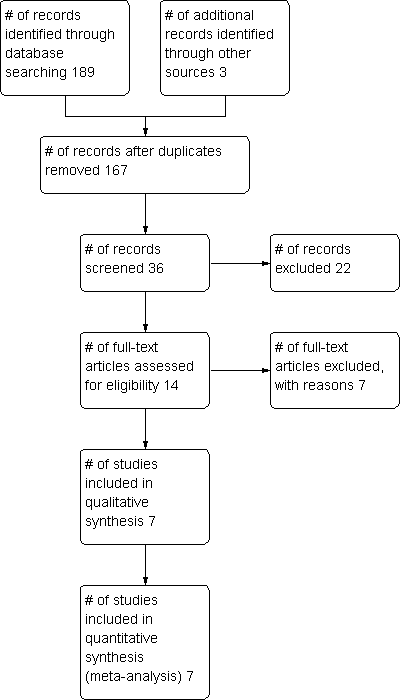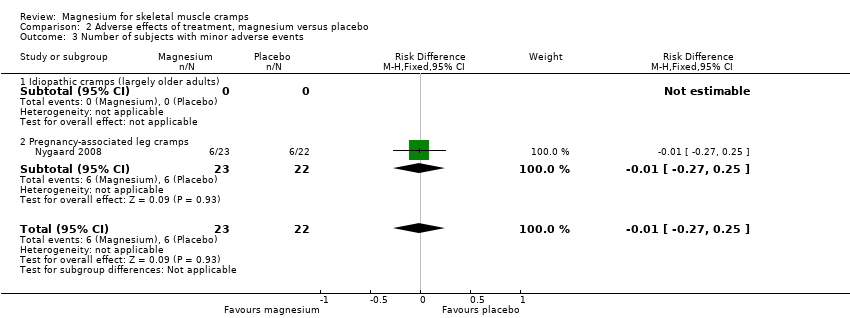Contenido relacionado
Revisiones y protocolos relacionados
Scott R Garrison, Christina S Korownyk, Michael R Kolber, G Michael Allan, Vijaya M Musini, Ravneet K Sekhon, Nicolas Dugré | 21 septiembre 2020
Sherif El‐Tawil, Tarique Al Musa, Haseeb Valli, Michael PT Lunn, Ruth Brassington, Tariq El‐Tawila, Markus Weber | 5 abril 2015
Reto Baldinger, Hans Dieter Katzberg, Markus Weber | 18 abril 2012
Fiona Hawke, Sean G Sadler, Hans Dieter Katzberg, Fereshteh Pourkazemi, Vivienne Chuter, Joshua Burns | 17 mayo 2021
Margaret F Phillips, Rosaline Quinlivan | 8 octubre 2008
Tim J Benstead, Colin H Chalk, Natalie E Parks | 20 diciembre 2014
Rudolf A Kley, Mark A Tarnopolsky, Matthias Vorgerd | 5 junio 2013
John P Bourke, Teofila Bueser, Rosaline Quinlivan | 16 octubre 2018
T Umapathi, Richard AC Hughes, Eduardo Nobile‐Orazio, Jean‐Marc Léger | 4 marzo 2015
Robert G Miller, J D Mitchella, Dan H Moore | 14 marzo 2012






















